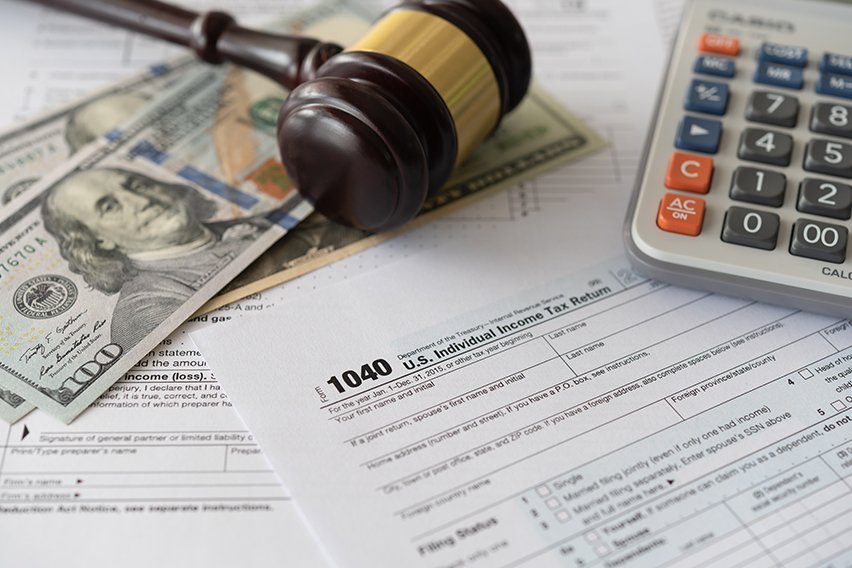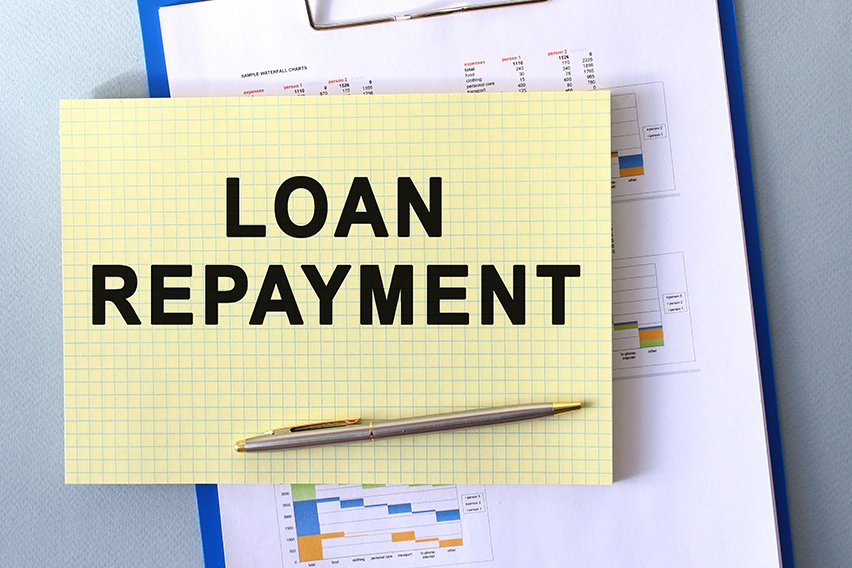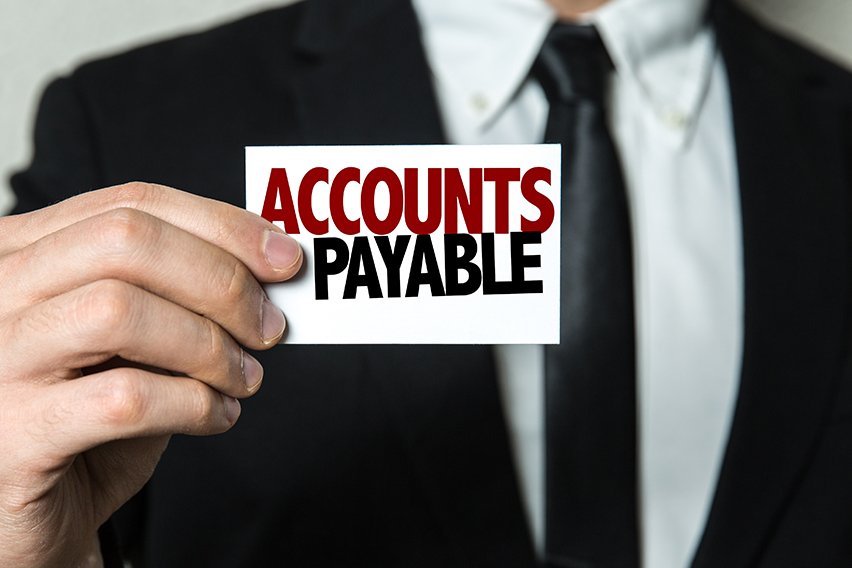What Is an Unfavorable Variance and How to Avoid It?

An unfavorable variance is when costs are greater than what has been budgeted.
The sooner these variances can be detected, the sooner management can address the problem and avoid a loss of profit. Unfavorable variances often indicate that something did not go according to plan, financially.
Here you will find:
Examples of Favorable and Unfavorable Variances
4 Questions to Ask When You Have Unfavorable Variance

What Is a Budget Variance?
Budget variance is the difference between expenses and revenue in your financial budget and the actual costs.
When revenue is higher than the budget or the actual expenses are less than the budget, this is considered a favorable variance. Unfavorable variances refer to instances when costs are higher than your budget estimated they would be.
A variance in your budget is often caused by improper budgeting where the baseline that has been set up has not been reasonably measured against the actual results.
Budget variances that can be controlled are usually expenses. Some expenses may not be able to be altered in the short term, but most expenses can be eliminated without impacting your company’s profits.
Uncontrollable expenses most likely occur in the marketplace when a company’s supply is greater than their projected demand from customers. This can result in the reported revenue varying greatly from the expectation of the forecasted budget.
Examples of Favorable and Unfavorable Variances
When managing a budget there are can be many instances of variances. Here are a few examples.
Favorable budget variances occur when the actual results are better than the amount budgeted.
Examples of favorable budget variances include:
- Reported revenues are more than planned revenues
- Expenses are less than the planned budget
- Manufacturing costs are less than the amount budgeted
Financial managers can analyze the data to consider if a favorable budget variance is a result of higher than planned selling prices, greater quantities, lower expenses or an unexpected increase in customer demand.
Unfavorable budget variances refer to the negative difference between actual revenues and what was budgeted. This usually happens when revenue is lower than expected or when expenses are higher than expected.
Here’s an example of an unfavorable variance.
- Sales are budgeted to be $200,000
- Actual revenue was $180,000
- The unfavorable variance is $20,000 or 10 percent
Higher than expected expenses can also cause an unfavorable variance. For example, if your budgeted expenses were $200,000 but your actual costs were $250,000, your unfavorable variance would be $50,000 or 25 percent.
Often budget variances can be eliminated by analyzing your expenses and allocating an expensed item to another budget line. Let’s say you have a negative paper supply budget variance of $2,000 and a positive ink budget variance of $3,000. Combining those two lines under a supply line item can ensure that you have a favorable variance of $1,000 in your budget plan.
4 Questions to Ask When You Have Unfavorable Variance
You can calculate your budget variances by subtracting the budgeted amount from the actual expenses. Then divide that number by the original budgeted amount and multiply by 100 to get the percentage of your variance.
With most budgets, there is a likelihood of there being unpredictable variances. Small variances often happen when doing business, but larger variances should be investigated.
Here are a few questions you can ask yourself when investigating unfavorable variances.
Where Is the Difference Coming From?
Understanding where the variance took place in your budget can help you keep track of your business tracking and accounting. A budget analysis will help you consider these discrepancies in future accounting.
When conducting variance analysis consider your actual revenue and/or costs versus your budgeted figures. Also, ask yourself if this variance is a part of a trend. Are there small, continual changes over time that are diverging from your planned budget? Analysis of these trends from month to month will help you get a better understanding of where your variance is coming from.
When Did the Variance Occur?
Sometimes timely accounting can cause a variance to occur.
This might happen when an invoice has not been received or a payment was made earlier or later than expected. If an invoice is not entered during the correct time period, it can throw off your whole monthly budget and cause unexpected variances.
Timing variances can be reversed quickly though because when you were short in one period, you will likely be covered in the next period and eventually end up the right spot overall.

Why Is There an Unfavorable Variance?
Asking yourself why a variance has occurred could help you plan your budget better.
Sometimes, there could be a discrepancy in your data accuracy simply because of a typo during entry. Other times the variance could be the result of something more complicated like price or volume being different from what was budgeted.
To create a plan that can correct these variances, you have to understand what’s impacting your budget. If you don’t dig enough for these answers, you could create a fix that is targeting an incorrect area of your business that may very well cause more damage to your budget.
Do the research so you can solve these problems in a strategic manner that positively impacts your business’ bottom line.
What Do I Need to Do Next?
Once you understand the root of your budget variance, you can create a variance analysis report to advise your next steps. In the case of trend variances, no action is needed.
When coming up with the next steps for larger variances, consider:
- Adjusting your budget to be more realistic
- Reconsidering your projected revenue by changing your prices, volumes or sales process
- Increasing your customer demand by changing your product or increasing your marketing budget
- Adjusting your process to be less wasteful and more efficient and effective
Isolating changes and taking immediate action can make variance analysis a critical part of your operations. Using these analyses of your budget variances to take appropriate actions can help you make better business decisions and save you a lot of money.
Looking for more ways to increase your revenue? Follow our guide How to Increase Revenue, where we have explained various methods to boost your revenue along with some tips to enhance revenue from existing clients.
RELATED ARTICLES

 Are Retained Earnings Taxed for Small Businesses?
Are Retained Earnings Taxed for Small Businesses? Bookkeeping For Freelancers: A Beginner’s Guide
Bookkeeping For Freelancers: A Beginner’s Guide How to Manage Loan Repayment Account Entry
How to Manage Loan Repayment Account Entry How to Audit Accounts Payable in Your Small Business
How to Audit Accounts Payable in Your Small Business Accounting Forecasting Techniques and Tips for Small Businesses
Accounting Forecasting Techniques and Tips for Small Businesses What Is Work Order Accounting? Why It’s Important to Your Business.
What Is Work Order Accounting? Why It’s Important to Your Business.